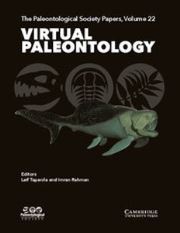Article contents
Ecosystem Paleobiology and Geobiology: Connecting the Biological and Earth Systems
Published online by Cambridge University Press: 21 July 2017
Extract
Ecology, the study of interactions among organisms and their surroundings, can be approached on multiple scales ranging from the organism to the biosphere (Fig. 1), with unique processes governing interactions and dynamics at each scale. Individual organisms interact with their environment in many ways, including feeding, movement, and respiration. Populations are groups of individuals of a single species living in a local area, and population ecology relates to the dynamics of population size, density, and demographic structure. Communities consist of the populations living and interacting in an area; community ecologists study interactions within communities and their effects on the abundance, diversity, and distribution of species and populations. Ecosystems consist of communities of organisms plus their chemical and physical environment, and ecosystems are typically studied in terms of the movement of energy and nutrients among organisms and the environment. The biosphere encompasses all ecosystems (Fig. 1).
- Type
- Research Article
- Information
- The Paleontological Society Papers , Volume 19: Ecosystem Paleobiology and Geobiology , October 2013 , pp. xi - xiv
- Copyright
- Copyright © 2013 by The Paleontological Society
References
- 1
- Cited by


